ANIMALS
Don’t Let This Bird Fool You
Published
2 months agoon
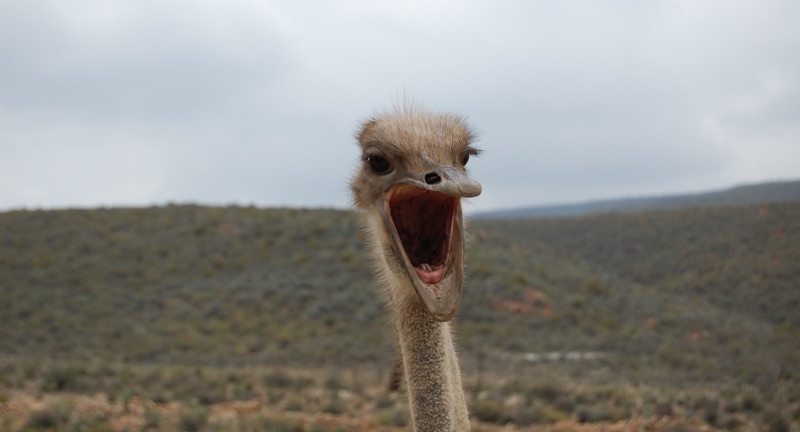
Shutterstock
Ostriches are funny looking animals. This animal holds the title of the largest bird in the world and is known for its incredible speed. The ostrich is a bird that is pretty recognizable with its long legs and neck. Even though they may look silly, don’t let their appearance fool you. These birds are incredibly strong and have defensive instincts that should not be messed with. In this article, we will let you in on a couple of secrets about these silly-looking birds.
Ostriches Are the Largest Birds in the World

Shutterstock
Ostriches are truly the giants of the bird world, reaching incredible heights. Standing up to 9 feet tall, these magnificent birds tower over most other species. Their long necks and legs contribute to their imposing size, making them a fascinating sight in the wild. Their massive stature allows them to see over tall grasses, giving them an advantage when spotting predators or potential mates.
Native to Africa

Shutterstock
Ostriches are indigenous to the vast savannas and deserts of Africa. The continent’s diverse ecosystems offer the perfect environment for these large birds, where they roam freely. Their ability to thrive in dry, harsh climates sets them apart from other birds, demonstrating their adaptability. From the Sahara’s arid landscape to South Africa’s grasslands, ostriches call Africa their home.
Ostriches Cannot Fly

Shutterstock
Despite their large size, ostriches are flightless birds. Their wings are relatively small compared to their body, making flight impossible. Instead of soaring through the sky, they have evolved to be incredible runners. They use their wings for balance while sprinting at high speeds across open terrain.
Ostriches Can Run Up to 45 Miles Per Hour

Shutterstock
Ostriches are speedsters, capable of reaching speeds of up to 45 miles per hour. Their powerful legs, built for running, propel them across the ground with incredible force. They can maintain high speeds for long distances, making them excellent at escaping predators. This speed makes them one of the fastest animals on land.
The Largest Eggs of Any Bird Species

Shutterstock
Ostrich eggs are massive, the largest of any living bird. Each egg can weigh about 3 pounds and measure up to 6 inches in diameter. It’s equivalent to about 24 chicken eggs, making them a prized delicacy in some cultures. Despite their size, they have a relatively thin shell, which makes them fragile if not handled with care.
Ostrich Eggs Weigh About 3 Pounds

Shutterstock
Each ostrich egg is an impressive 3 pounds of pure potential. This enormous egg can take about 2 days to fully hatch under the right conditions. The shell is tough and thick, providing protection for the developing chick inside. If you’re lucky enough to crack one open, the egg contains the equivalent of 24 chicken eggs, making it an extravagant meal.
Ostriches Have Two Toes on Each Foot

Shutterstock
Unlike most birds that have three or four toes, ostriches only have two toes on each foot. This unique feature is perfectly suited to their high-speed running, as the two toes provide more stability and less drag. Their powerful legs are equipped with large, flat feet to help distribute their weight evenly. This toe arrangement also helps them navigate through sand and other loose terrain with ease.
Ostriches Are Omnivores

Shutterstock
Ostriches have a varied diet, making them omnivores. They feed on a mix of plants, seeds, and small animals like insects or even small reptiles. Their diet helps them maintain their massive size, providing all the nutrients they need to stay strong and healthy. They are opportunistic eaters, foraging on whatever food is available in their environment.
Ostriches Have Excellent Eyesight

Shutterstock
Ostriches have one of the best sets of eyes in the animal kingdom. Their large, keen eyes allow them to spot potential threats from up to 2.5 miles away. With eyes larger than their brains, they are able to detect movement from great distances, an important trait for survival in the wild. Their sharp vision helps them navigate their environment and keep watch for predators or competitors.
They Have Small, Three-Chambered Stomachs

Shutterstock
Ostriches have a unique digestive system with a three-chambered stomach. This system helps them break down tough plant material and efficiently extract nutrients. The chambers allow for the fermentation of plant fibers, which aids in digestion. Their ability to digest a wide variety of food types helps them thrive in a range of environments.
Their Legs Are Adapted for Running

Shutterstock
Ostriches are built for speed, and their legs are a prime example of this adaptation. Their powerful, muscular legs can propel them at astonishing speeds of up to 45 miles per hour. Each leg is designed to endure the repetitive pounding from running long distances. Their large leg muscles and strong tendons work in unison, giving them the stamina to maintain their speed over extended periods.
Male Ostriches Have Black Feathers, While Females Have Brown Feathers

Shutterstock
Ostriches display sexual dimorphism through their feather coloration. Male ostriches sport striking black feathers, which contrast with their white-tipped wings and tail feathers. Females, on the other hand, have a more subdued brown and gray plumage that helps them blend into the environment. This coloration plays an important role in mating displays and helps camouflage the females while incubating eggs.
They Use Their Wings for Balance When Running

Shutterstock
Ostriches, although flightless, still have functional wings. While running, they use their wings to maintain balance and stability. The wings act like a rudder, helping to steady their body and improve their maneuverability. This is particularly important when they make sharp turns at high speed to evade predators or compete with rivals.
Ostriches Can Live for Over 40 Years in the Wild

Shutterstock
Ostriches enjoy a long life span, with many living to over 40 years in the wild. Their longevity is a testament to their resilience and adaptability in harsh environments. In captivity, they can live even longer, reaching up to 50 years with proper care. This extended life gives them plenty of time to reproduce and pass on their strong genetic traits.
They Are Capable of Kicking with Great Force

Shutterstock
Ostriches are known for their incredible strength, especially when it comes to their kicks. Their powerful legs can deliver a forceful blow capable of knocking down large predators or rivals. With a single kick, an ostrich can break bones or send an attacker flying. This formidable defense mechanism helps them stay safe from predators like lions and hyenas.
Ostriches Have a Large, Muscular Gizzard to Help Grind Food

Shutterstock
The gizzard is a key part of the ostrich’s digestive system, helping to break down tough food. This muscular organ grinds up plant material and other tough foods that the ostrich consumes. It’s like a second set of teeth, allowing the bird to efficiently process its varied diet. The gizzard’s grinding power is so strong it can even help crush hard seeds and other hard-to-digest items.
They Communicate with Booming Sounds and Hisses

Shutterstock
Ostriches are vocal birds, using a variety of sounds to communicate with each other. Their booming calls can be heard over long distances, particularly during mating seasons. When threatened, they may also hiss loudly, warning others of danger. These vocalizations are crucial for maintaining social bonds within flocks and ensuring their safety in the wild.
Ostriches Have 16 Feathers on Each Wing

Shutterstock
The wings of an ostrich are not just for balance, but are also quite impressive in appearance. Each wing boasts 16 feathers, which help the bird maintain balance while running and assist in mating displays. The feathers are long and sleek, making the wings look graceful despite the bird’s size. When fully extended, the wings provide a striking visual contrast against the bird’s large, muscular body.
They Can Survive in Hot, Arid Environments

Shutterstock
Ostriches are perfectly adapted to survive in hot, arid environments. They can endure extremely high temperatures, thanks to their ability to regulate body heat and go without water for extended periods. Their large size helps them conserve moisture, and they can find food even in the driest of places. This adaptation makes them well-suited for life in the desert, where other animals might struggle to survive.
The Average Ostrich Weighs Between 220 and 350 Pounds

Shutterstock
Ostriches are heavy birds, typically weighing between 220 and 350 pounds. This substantial weight is part of what gives them their imposing presence in the wild. Their powerful legs and large body help them maintain stability while running at high speeds. Despite their size, they can move with surprising agility and grace, especially when they need to escape danger.
Ostriches Can Go Without Water for Several Days

Shutterstock
Ostriches are well-equipped to handle periods of dehydration in their natural environment. They can survive without water for up to several days, relying on the moisture content in the plants they consume. This adaptation is essential for life in Africa’s dry regions, where water sources can be scarce. Their ability to go without water helps them endure harsh conditions, especially during droughts.
They Are Farmed for Their Meat, Feathers, and Leather

Shutterstock
Ostriches are farmed for their valuable resources, including meat, feathers, and leather. Their meat is lean, low in fat, and high in protein, making it a popular alternative to beef or chicken. The soft, durable feathers are highly prized for fashion and decorations, while their leather is used for making luxury products. Ostrich farming is a thriving industry in many countries, providing both food and income to farmers.
They Lay Their Eggs in a Communal Nest

Shutterstock
Ostriches have a unique approach to nesting, as they lay their eggs in communal nests. Multiple females may lay their eggs in the same large nest, which is then guarded by the dominant male. This arrangement helps ensure the survival of the eggs, as they are incubated together, providing warmth and protection. The communal nature of nesting also strengthens social bonds among ostriches within a group.
Ostrich Chicks Are Born with a Soft, Downy Coat

Shutterstock
Ostrich chicks are incredibly adorable when they are born, covered in a soft, downy coat. This fluffy plumage helps them stay warm and protected in the early stages of life. As they grow, their feathers change to resemble the more distinct adult coloration, with females wearing brown and males developing their black plumage. The downy coat allows them to blend into their environment and avoid predators in their vulnerable early days.
Their Brains Are Smaller Than Their Eyes

Shutterstock
Ostriches have a fascinating anatomy, with their brains being smaller than their eyes. Their large eyes help them spot potential dangers from miles away, while their brain is relatively small in comparison. Despite the brain size, ostriches are not considered dumb animals; they are skilled at foraging and avoiding predators. Their survival depends on their heightened senses, especially their keen vision and hearing.
They Have a Keen Sense of Hearing

Shutterstock
In addition to their excellent vision, ostriches also possess a keen sense of hearing. They can detect sounds from great distances, helping them stay alert to the presence of predators or other threats. Their ears are large and highly sensitive, allowing them to pick up subtle noises in their environment. This heightened hearing is just another of their adaptations that aid in survival in the wild.
Conclusion

Shutterstock
Ostriches are animals that may not look interesting, but they have some surprising abilities that add to their coolness factor. Even though these birds may be a little funny-looking, they have some talents that make up for their looks. Whether it’s their powerful kicks, crazy eyesight, or ability to live without water for days, ostriches have evolved to be perfectly suited for life in the wild. With so many fascinating features, it’s clear why ostriches remain one of the toughest animals in the animal kingdom.
More Amazing Animals+
-
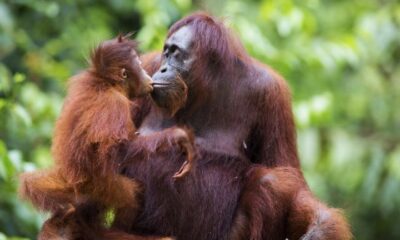

Motherhood in the Wild: From Overachievers to Epic Failures
-
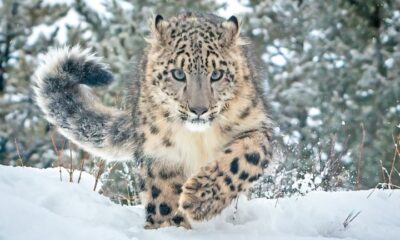

28 Creatures That Thrive in Extreme Temperatures
-
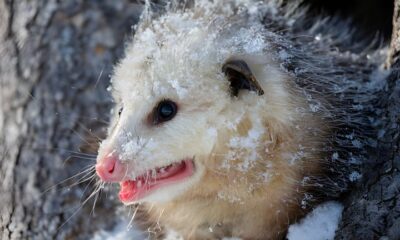

20 ‘Pointless’ Animals That Actually Have Important Day Jobs
-
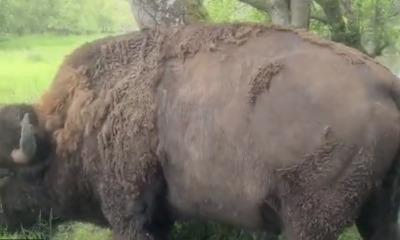

Bison bull caught scratching away the last bit of his…
-
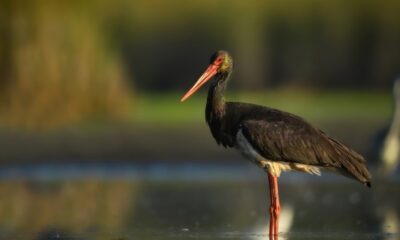

The Truth About Storks and Baby Deliveries
-
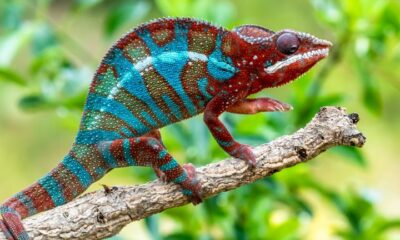

15 Wildest Animals In The Everglades
-
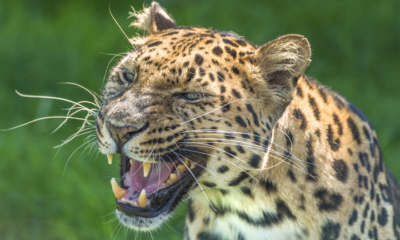

30 Deadliest Animals In South America
-
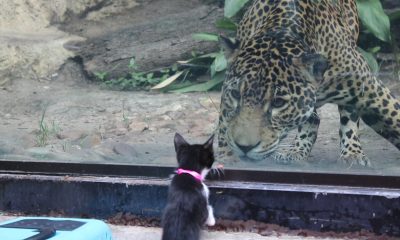

The Animal Defense League took a trip to the San…
-


26 Fascinating Facts About Coral Reefs
-
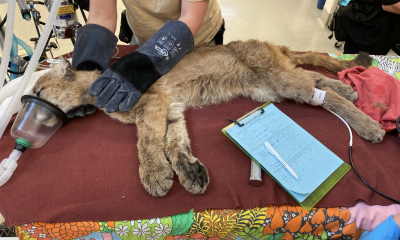

Roaming Mountain Lion Rescued From a Classroom in California
-
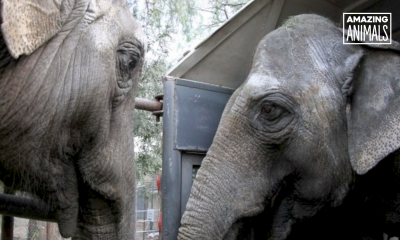

Elephant Mother And Daughter Get New Home With Room To…
-
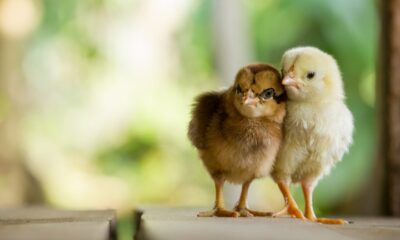

39 Myths About Chickens That Just Aren’t True
